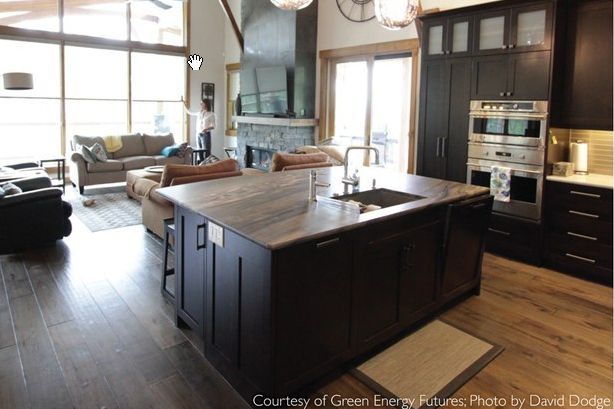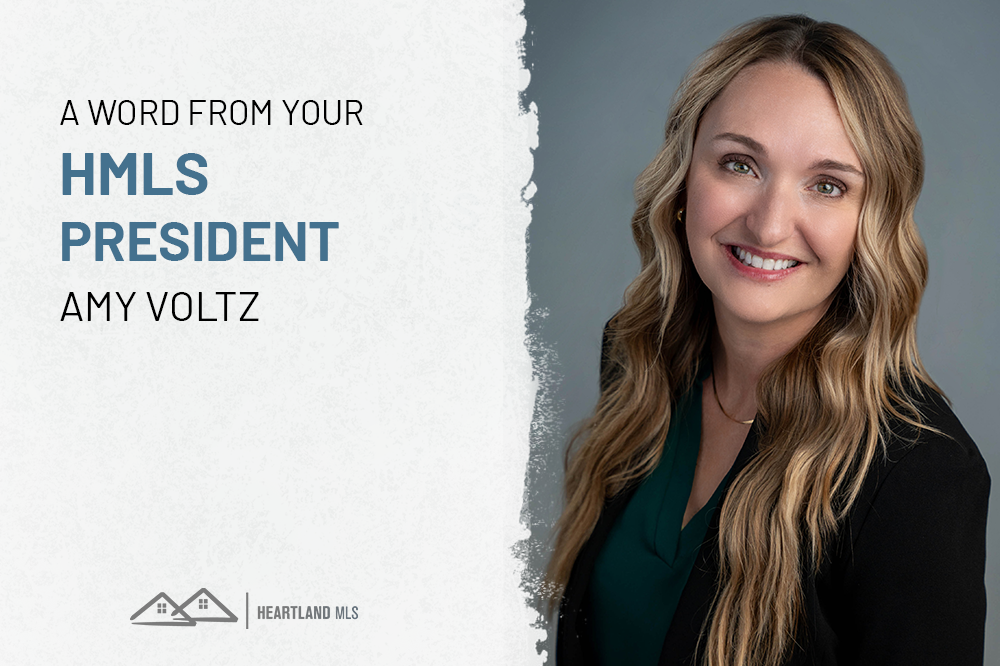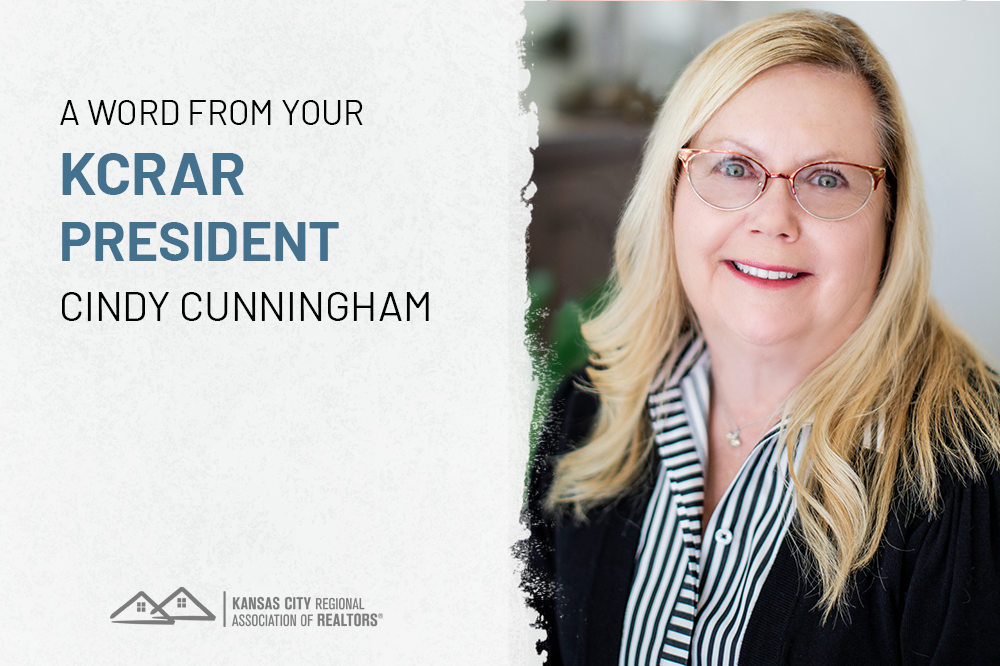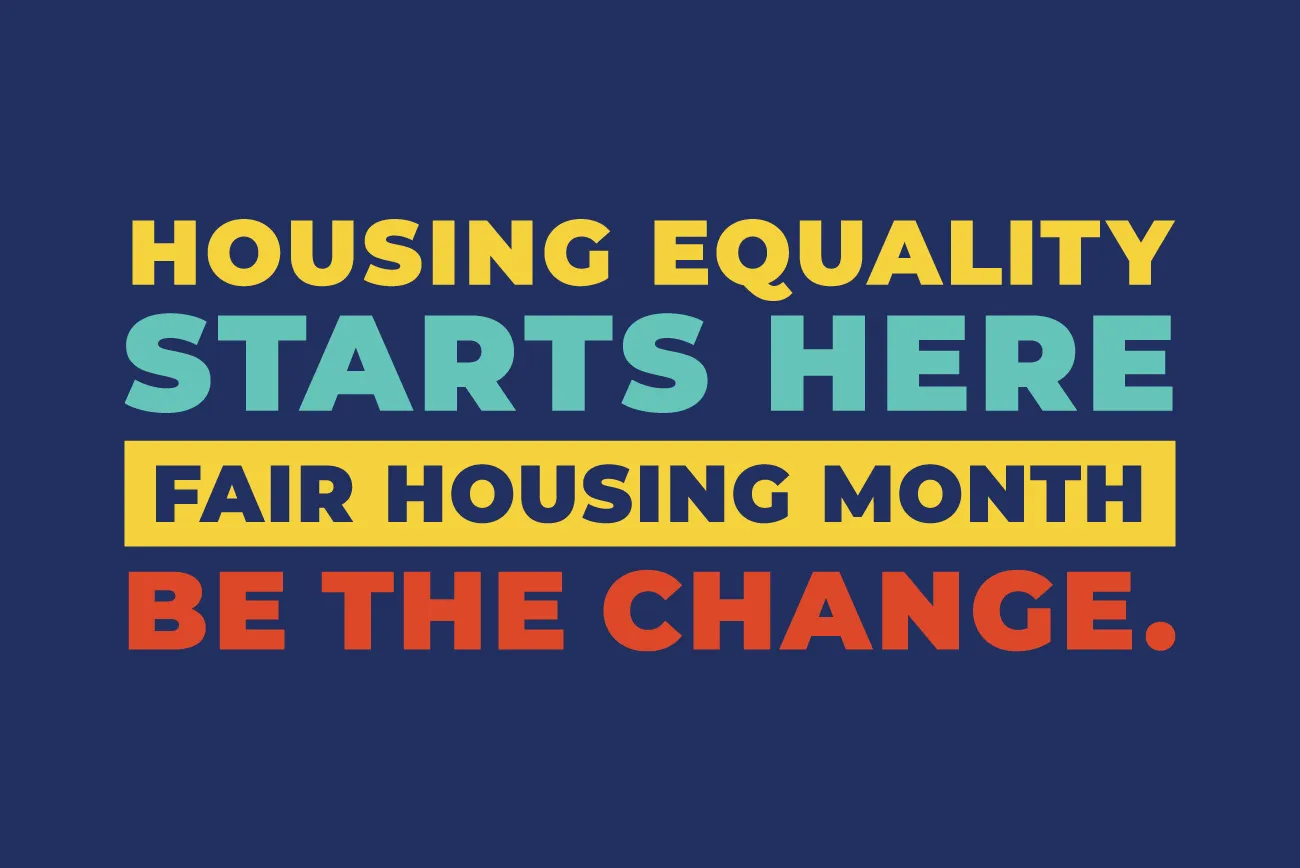
After buying a home with solar panels and other green
goodies, Diego Villar has become the envy of his foursome.
“I golf every Sunday. The people I golf with thought I was
crazy at first, but now they’re talking about getting solar panels themselves,”
Villar said.
Villar lives with his wife and twin toddlers in the Chicago
suburb of LaGrange. Sustainability “factored in a lot” during the search for a
new home, Villar said. Going green was a matter of principle— “I’ve always been
pro-green”—but also a matter of money and comfort.
Villar’s home is nearly 3,600 square feet, yet he spends 30
percent less for electricity and 40 percent less for natural gas than he spent
when living in a 2,000-square-foot condo—all thanks to energy-efficient design
and construction.
Built by Bright Leaf Homes in LaGrange, the house’s sustainable
components include (besides solar panels) staggered studs that allow for a
continuous blanket of insulation, smart fans with humidity indicators that
sense when to turn themselves on and off and a tankless water heater.
“I wish we would have done even more,” Villar said. “I’d
love to get to a point where I buy another house and have a roof garden.”
Not everyone is as all-in with sustainability—a.k.a. going
green—as Villar. Only nine percent of REALTORS® find consumers are “very
interested in sustainability,” according to a new REALTORS®
and Sustainability report published in April by the NATIONAL ASSOCIATION OF
REALTORS®
(NAR).
While that’s a distinct minority, 51 percent of REALTORS®
surveyed in the report find consumers are “somewhat interested” in
sustainability. A green stampede? No. But it does indicate that most homebuyers
have sustainability on their radar when looking for a place to live.
Sustainability is a conservation-based approach to
supporting the permanent economic, environmental and social health of
communities as they grow and evolve. Energy efficiency is a key component as it
reduces reliance on fossil fuels, cuts carbon emissions and trims utility
bills. Another pillar is walkable development, which not only addresses the
fossil fuel/carbon emissions conundrum, but also lowers transportation costs.
Measuring demand for sustainability can be tricky because
homebuyers don’t usually say they want “sustainability” even though they value
features consistent with sustainability, said Daniel Geddis, a broker’s
assistant with One Mission Realty in San Diego and a REALTOR®
with NAR’s Green Designation.
“They’re not thinking about it in those terms, but it’s what
they want,” he said.
In sharing their perception of consumer preferences related
to sustainability, REALTORS® said clients consider proximity to
frequently visited places (grocery store, school, etc.) very important while 47
percent said clients consider it somewhat important. Twenty-eight percent of
agents and buyers said a home’s utility bills/operation costs are very
important to clients and 51 percent said they are somewhat important.
Other responses include:
- Commuting costs—18 percent very important; 40
percent somewhat important.
- Efficient lighting—12 percent very important; 38
percent somewhat important.
- Smart/connected home—8 percent very important;
32 somewhat important.
- Green community features (bike lanes, green
spaces, etc.)—8 percent very important; 29 percent somewhat important.
- Renewable energy systems—3 percent very
important; 24 percent somewhat important.
Home builders and remodelers expect sustainability to become
in increasingly prevalent feature in construction, according to the “Green and
Healthier Homes” study published in 2015 by the National Association of Home
Builders (NAHB).
The study found that more than half of home builders (54
percent) used green practices and products in 16 percent or more of their new
homes while 39 percent of remodelers used green practices and products in at
least 16 percent of their work.
Nearly all home builders (81 percent) said they will utilize
green practices and products in at least 16 percent of the homes they build by
2020—with 51 percent going green in at least 60 percent of their projects.
Three-quarters of remodelers (14 percent) said that at least
16 percent of their work will involve green practices and products by 2020—with
36 percent going green in more than 60 percent of their work.
While green homes can cost less to operate, they can cost
more to build, which builders and remodelers named as the chief challenge to
the growth of the green real estate market.
Three-quarters of home builders and remodelers reported
building green has an incremental cost of 5 percent or more over traditional
construction. However, a solid majority reported that customers are willing to
pay more for green features.
The study found the greatest demand for green homes comes
from consumers aged 55 plus, not millennials as might be expected. One possible
takeaway is that greater familiarity with home features leads to a greater
emphasis on home performance. As sustainability-minded millennials become home
owners, they could generate even greater green demand in the future.
When asked to name the green benefits customers care about
most, home builders and remodelers said energy efficiency was mentioned most
frequently by every age group—18-35 (70 percent), 36-54 (81 percent) and 55
plus (81 percent). Healthier indoor living environments and
durability/resilience were either second or third depending on the group.
Five of the six green products and practices considered most
important by home builders and remodelers involve energy efficiency. Properly
sized and installed HVAC systems topped the list. Durable materials were number
two followed by highly efficient HVAC/water heating systems, code-exceeding
insulation, energy efficient appliances and code-exceeding windows. Other green
products and practices listed were increased moisture control/ventilation,
water-conserving appliances, efficient lighting and water-conserving plumbing
fixtures.
A study by the nonprofit Demand Institute in New York suggests
builders and remodelers are playing catch-up with the demand for green homes. “The
Housing Satisfaction Gap” looked at 52 different housing characteristics—everything
from updated kitchens to more storage—and found that energy efficiency was the
biggest unmet housing desire among those surveyed.
The 2014 study found that 71 percent of households described
energy efficiency as very important, but only 35 percent described their home
as energy efficient.
As a result, consumers are looking for ways to be more
efficient—76 percent said they planned to do something to make their home more
energy efficient in the next three years, according to the study.
“Energy performance ties in well with… meeting demand for
healthy and comfortable homes, demonstrating a person’s values and improving month-to-month
affordability,” said Doug Miller, a senior associate with the Rocky Mountain
Institute (RMI), a nonprofit based in Basalt, Colo., that promotes energy
efficiency and renewable energy.
While monthly savings can amount to $100 or more, consumers
are more focused on comfort and health, Miller said. The bulk of energy
performance improvements—be they high-performance HVAC systems, tighter
building envelopes or increased levels of insulation—contribute to comfort and
health by maintaining desired temperatures, dampening outside noise and/or
reducing moisture problems that aggravate asthma and allergy symptoms, Miller
said.
Current demand for sustainability comes against a backdrop
of stable energy prices. “Buyers haven’t felt the pain point of energy costs
yet,” said Rick Thompson, a REALTOR®, an NAR Green Designee and co-owner
of Bright Leaf Homes. When energy costs do reach their pain point, look for
sustainability to become an even bigger factor in home construction and home
buying.
Article originally printed in On Common Ground Magazine, Summer 2017. Reprinted with express permission of the National Association of REALTORS®. All rights reserved.



